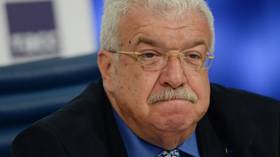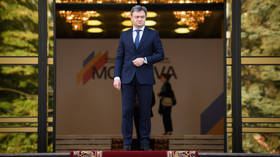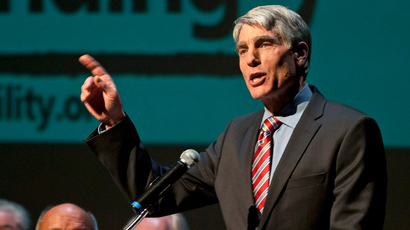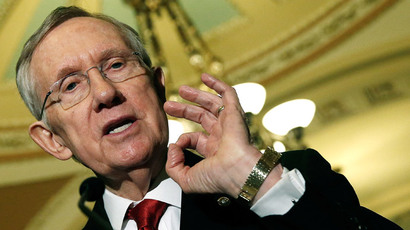CIA torture tactics to get public airing
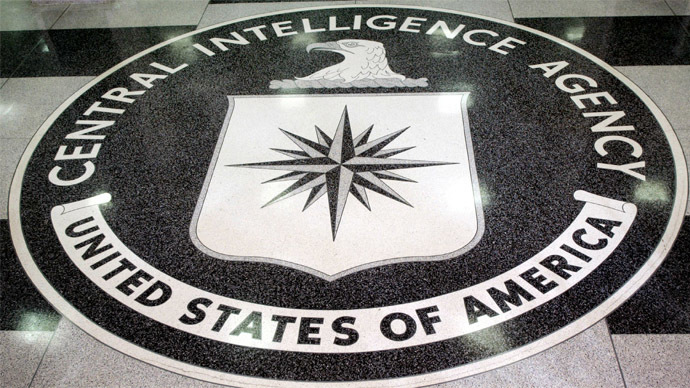
Following fierce debate, the Senate Intelligence Committee voted to release a report that provides a shocking glimpse at the CIA’s use of torture, methods that failed to produce the desired results in the war on terror.
Following fierce debate, the Senate Intelligence Committee voted to release a report that provides a shocking glimpse at the CIA’s use of torture methods that failed to produce the desired results in the war on terror.
Thursday’s vote marked the end of a four-year Senate probe of the CIA’s past use of ‘enhanced interrogation techniques,’ a euphemism used to sugarcoat a number of brutal torture techniques, including hypothermia, stress positions and waterboarding against detainees following the September 11, 2001 attacks on the United States.
The Bush administration’s use of torture at Guantánamo Bay prison in Cuba, as well as documented CIA ‘black sites’ in a number of Eastern European countries - in direct violation of Article 3 of the United Nations Convention Against Torture - cast a long shadow on America’s reputation as an exceptional defender of human rights.
A leaked 2005 CIA memo revealed that two top Al-Qaeda members endured waterboarding a total of 266 times in March 2003. Khalid Shaikh Mohammed, the alleged planner of the September 11 terrorist attacks, was forced to endure the technique 183 times in March 2003, while Abu Zubaydah received it 83 times in August 2002.
In yet another incident, a hooded prisoner from Abu Ghraib was forced to remain standing on a box for endless hours, the iconic photo of which has become part of the historical record on the war on terror.
“The purpose of this review was to uncover the facts behind this secret program, and the results were shocking,” Sen. Dianne Feinstein (D-Calif.), the committee’s chairman, said in a statement Thursday. “The report exposes brutality that stands in stark contrast to our values as a nation. It chronicles a stain on our history that must never again be allowed to happen.”
Feinstein hoped for an early release of the report – in about 30 days – while admitting that may be “wishful thinking” on her part.
A White House spokeswoman said President Obama wanted the release of the report to happen as expeditiously as possible.
"The president believes that bringing this program into the light will help the American people understand what happened in the past and can help guide us as we move forward, so that no administration contemplates such a program in the future," spokeswoman Caitlin Hayden said in a statement.
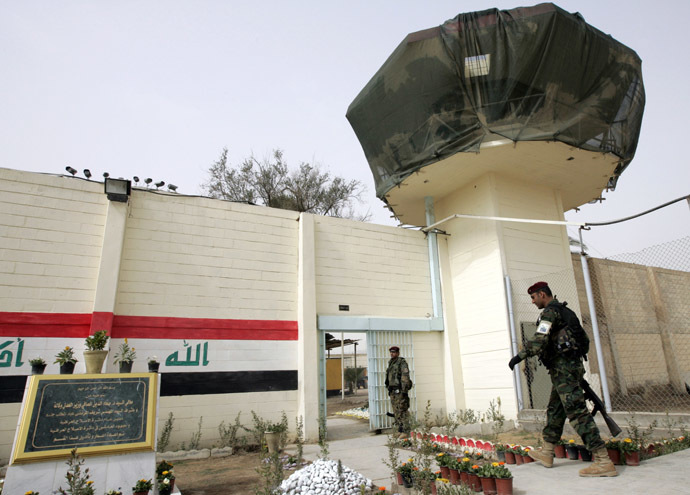
Debate over whether or not to release the report came to an abrupt end when Maine’s two senators on the intelligence panel, Republican Susan Collins and independent Angus King, said they would throw their support behind declassification of the report.
“I don’t have any doubts (that the CIA techniques were in fact torture),” King said in an interview with The Washington Post. “It’s a pretty hard read. It’s very disappointing.”
For years, the agency made inaccurate statements to the president, the National Security Council and Congress, King said. “That’s one of the most disturbing parts of this — the institutional failure.”
Georgia Republican Senator Saxby Chambliss, the panel's vice chairman, criticized the work of the commission as a waste of time, alleging that the interrogations helped to find Osama bin Laden and other members of the terrorist network.
"There was information gleaned from this program which led not only to the takedown of bin Laden but to the interruption and disruption of other terrorist plots over a period of years," Chambliss said.
The full report contains more than 6,200 pages and includes detailed accounts of the CIA’s treatment of detainees while in US custody.
CIA spokesman, Dean Boyd, acknowledged the “shortcomings” of the interrogation program, while warning it was important that the “historical account of it is accurate.”
The report, which was put together from millions of classified
CIA records, indicates that the torture methods had little if any
impact on collecting information from the detainees. It also says
the CIA exaggerated the efficiency of the program, since many of
the detainees in the war on terror had already surrendered
information before being exposed to the enhanced interrogation
techniques.
Shortly after being elected president in 2009, Obama ordered the
CIA to end its interrogation programs not contained in the US
Army Field Manual. He also ordered the closure of secret
detention facilities overseas in order to bring the United States
into compliance with the Geneva Conventions, which prohibit
"humiliating and degrading" treatment of prisoners.
However, one of Obama’s main campaign promises – the closure of
Guantanamo Bay, which Amnesty International called “the GULAG
of our times” – has remained unfulfilled.





